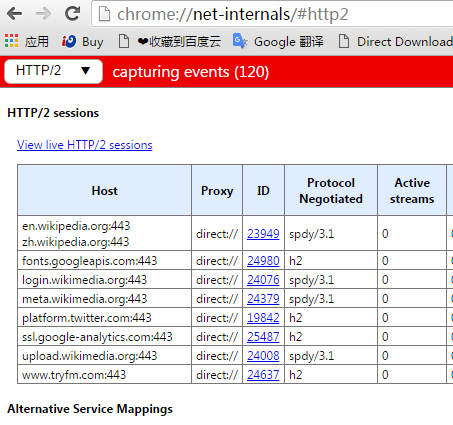Pink rabbit tail

only $5.9 Worldwide free shipping
Pink rabbit tail with stainless steel twist silver plug
https://www.tryfm.com/pink-rabbit-tail-with-stainless-steel-twist-silver-plug

only $5.9 Worldwide free shipping
Pink rabbit tail with stainless steel twist silver plug
https://www.tryfm.com/pink-rabbit-tail-with-stainless-steel-twist-silver-plug
Life is too short to pretend you are not into kinky shit
Sit on my face & Chill


Any two or more items 20% off now! Let’s mix, match and add to cart! SHOP NOW!!!
Expires 05/20/2016 unknow
Note:
1 Discounts are included by default when orders are placed. You do not need any discount coupon. All Members and visitors can use it.
2 These promotions can be combined with any other coupons.
Buy Now:
https://www.tryfm.com

Everyone will find the front tryfm.com URLs added https, indicating that when you visit tryfm.com, the entire shopping process is encrypted, which means shopping safer.
By upgrading our servers and CDN, now TryFm Store perfect support http/2.
PS1: What is HTTPS
HTTPS (also called HTTP over TLS,[1][2] HTTP over SSL,[3] and HTTP Secure[4][5]) is a protocol for secure communication over a computer network which is widely used on the Internet. HTTPS consists of communication over Hypertext Transfer Protocol (HTTP) within a connection encrypted by Transport Layer Security or its predecessor, Secure Sockets Layer. The main motivation for HTTPS is authentication of the visited website and protection of the privacy and integrity of the exchanged data.
In its popular deployment on the internet, HTTPS provides authentication of the website and associated web server with which one is communicating, which protects against man-in-the-middle attacks. Additionally, it provides bidirectional encryption of communications between a client and server, which protects against eavesdropping and tampering with and/or forging the contents of the communication.[6] In practice, this provides a reasonable guarantee that one is communicating with precisely the website that one intended to communicate with (as opposed to an impostor), as well as ensuring that the contents of communications between the user and site cannot be read or forged by any third party.
Historically, HTTPS connections were primarily used for payment transactions on the World Wide Web, e-mail and for sensitive transactions in corporate information systems. In the late 2000s and early 2010s, HTTPS began to see widespread use for protecting page authenticity on all types of websites, securing accounts and keeping user communications, identity and web browsing private.
PS2: What is HTTP/2
HTTP/2 is a replacement for how HTTP is expressed “on the wire.” It is not a ground-up rewrite of the protocol; HTTP methods, status codes and semantics are the same, and it should be possible to use the same APIs as HTTP/1.x (possibly with some small additions) to represent the protocol.
The focus of the protocol is on performance; specifically, end-user perceived latency, network and server resource usage. One major goal is to allow the use of a single connection from browsers to a Web site.
The basis of the work was SPDY, but HTTP/2 has evolved to take the community’s input into account, incorporating several improvements in the process.
See our charter for more details of the scope of the work, as well as our Frequently Asked Questions.
See also HTTP/2 JP, maintained by the Japanese HTTP/2 community.